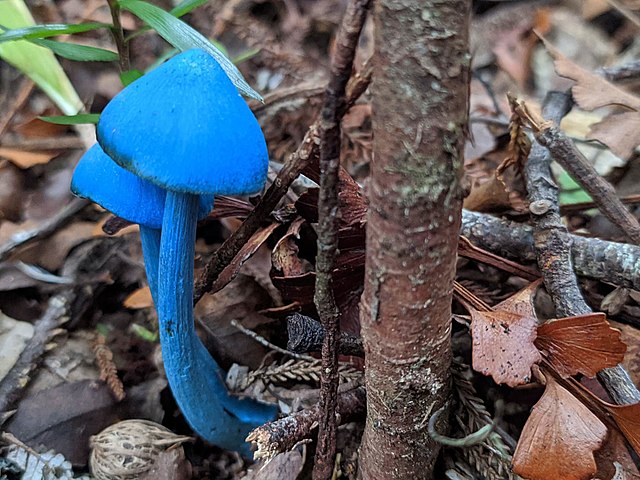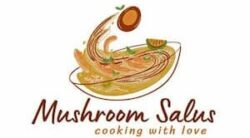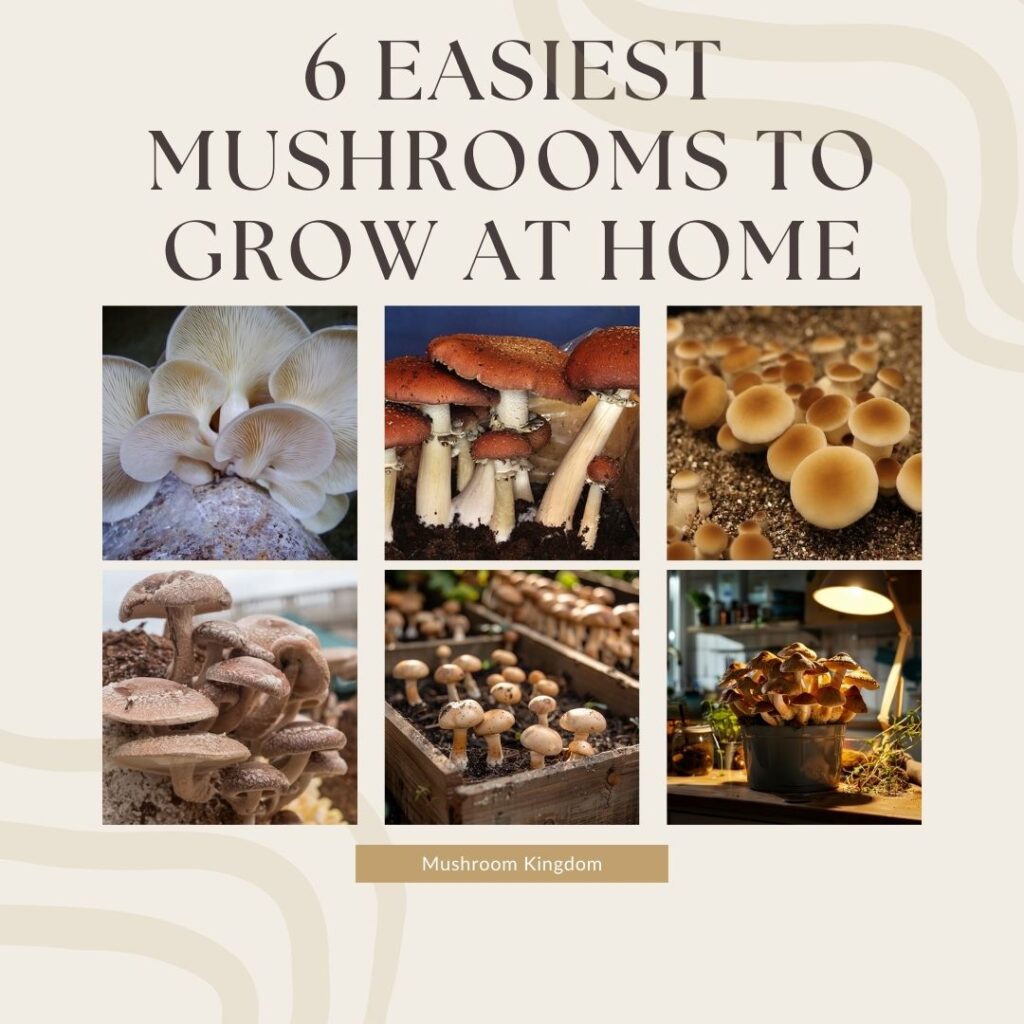Entoloma hochstetteri is a species of mushroom in the family Entolomataceae. It is native to New Zealand and is known for its distinctive and striking blue coloration.

Entoloma Hochstetteri Identification
This species belongs to the family Entolomataceae and stands out not only because of its color but also due to several other unique characteristics.
The cap
The cap is one of its most striking features. It is vividly blue, sometimes with a slight greenish tinge, and measures typically 1–2 cm in diameter. Initially, the cap has a conical to bell shape, becoming more convex as the mushroom matures. The surface is smooth and can feel slightly sticky when moist.

Gills
Beneath the cap, the gills of this mushroom are pale blue, turning pinkish as the spores mature. This is why people often refer to it as the blue pinkgill or sky-blue mushroom.
The gills are adnate to adnexed, meaning they are broadly or narrowly attached to the stem, and are notably crowded.
The stem
The stem, or stipe, is also blue, similar to the cap, and is relatively thin and short, measuring about 2–5 cm in length and 2–4 mm in thickness. The texture of the stem is smooth or slightly fibrous, complementing the cap’s appearance.
Spore print
One of the critical diagnostic features for mushroom identification is the spore print. For Entoloma hochstetteri, the spore print is pink. The spores themselves are angular, typically having 5–9 sides, and measure 7–10 x 6–8 µm.
Entoloma Hochstetteri Habitat and Location
This striking blue mushroom is endemic to New Zealand, meaning it is found nowhere else in the world. Its presence is noted in both the North and South Islands of New Zealand, where it is part of the unique biodiversity of these regions.

It grows in native forests, which are characterized by a rich canopy and a dense layer of leaf litter. These forests provide the moist and shaded environment that Entoloma hochstetteri requires.
- Podocarp-Broadleaf Forests: Dominated by large podocarps (a type of conifer) and broadleaf trees.
- Beech Forests: these forests also provide suitable conditions for blue pinkgill, with ample leaf litter and shaded, moist ground.
Entoloma Hochstetteri Etymology
The genus name Entoloma is derived from Greek roots:
- Entoloma: Greek for “within” (entos) and “fringe” or “border” (loma), referring to the characteristic inward-curving gill edges of mushrooms in this genus.
- Hochstetteri: Named in honor of Ferdinand von Hochstetter, a notable German-Austrian naturalist and geologist who contributed significantly to the scientific understanding of New Zealand’s natural history.
Together, these terms describe a characteristic feature of mushrooms in this genus: the inward-curving edges of the gills, which can be seen when examining the underside of the cap. This morphological trait is a key identifying characteristic of the Entoloma genus.
The species epithet hochstetteri honors the German-Austrian naturalist and geologist Ferdinand von Hochstetter (1829–1884). Hochstetter made significant contributions to the exploration and natural history of New Zealand during his time there.
His work laid the foundation for much of the geological and biological research that followed, and naming this striking blue mushroom after him acknowledges his contributions to science and the natural history of New Zealand.
It is also known by the names:
- Blue pinkgill mushroom
- Werewere kokako
- Sky blue mushroom
- Blue mushroom
Is Entoloma Hochstetteri Edible?
No, this mushroom is not edible. However, there has been limited scientific research on its credibility and without detailed toxicological studies, it is impossible to determine whether this mushroom is safe to eat.
The trouble is, many mushrooms in the Entoloma genus contain toxic compounds. Consuming these mushrooms can lead to gastrointestinal distress and other adverse health effects.
So, can you eat these sky blue mushroom?
Due to the potential risk of toxicity, it is advisable to avoid eating any wild mushrooms unless they are positively identified as safe by an expert.
Naturally, it may attract curiosity due to its vivid blue color and the unique appearance. However, foraging for and consuming wild mushrooms requires careful identification and knowledge.
How Does Entoloma Hochstetteri Reproduce?
Like other mushrooms, it reproduces through the release of spores. The gills located on the underside of the cap, are lined with specialized cells called basidia. Each basidium produces spores through a process called meiosis, resulting in four haploid spores per basidium.
Once mature, the spores are released from the basidia and drop from the gills into the surrounding environment. The spores are typically pink, a characteristic feature of the Entoloma genus.
When spores land in a favorable environment, such as moist, nutrient-rich soil or leaf litter, they germinate. This germination involves the development of hyphae, which are thread-like structures that grow and spread through the substrate.
Under suitable environmental conditions, such as adequate moisture, temperature, and nutrient availability, the mycelium will produce fruiting bodies. These fruiting bodies are the visible mushrooms, which include the cap, gills, and stem.
Lastly, the cycle repeats as the mature fruiting bodies release spores, continuing the reproductive process.


